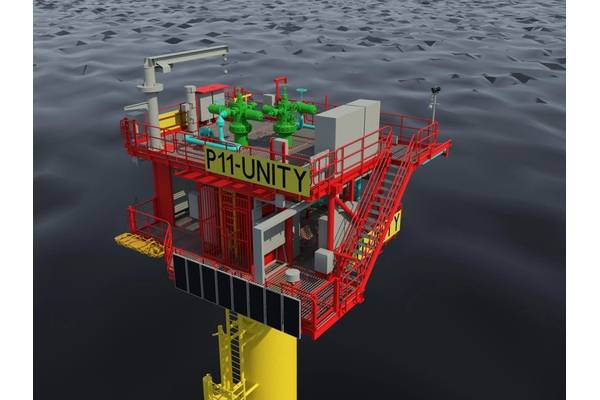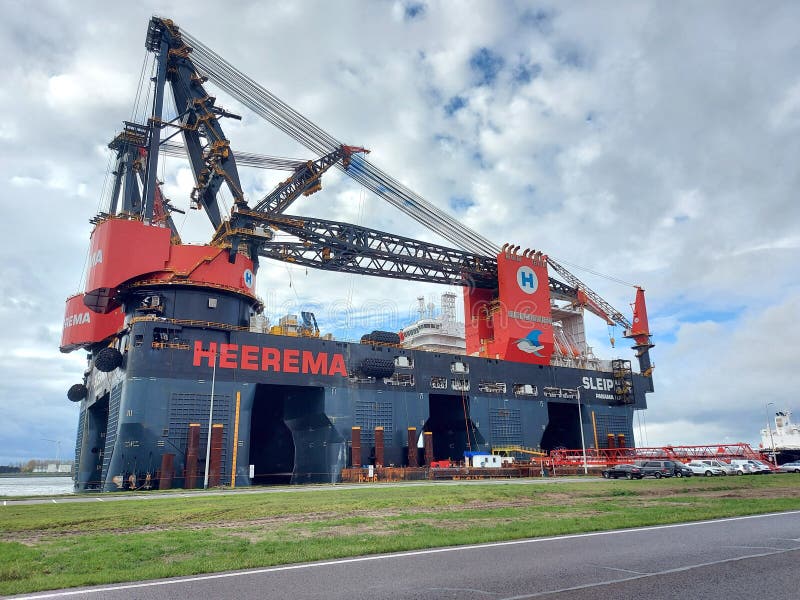
In this respect, it should be noted that in the operational life of a crane vessel, a maximum lift may occur once or twice a year, while auxiliary and whip hoists are being used on a daily basis. The whip hoist is certified for 15 tonnes man riding.Ī load of 2500 tonnes can be boomed up to a height of 185 metres above water level at transit draft The same can be accomplished with the whip hoist of 200 tonnes, which can reach a height of 201 metres at vessel transit draft and can extend 137 metres from the bow. A load of 1400 tonnes can be handled through the entire boom range down to horizontal. This was accomplished by the long and slightly angled boom extension for the auxiliary hoist and the further angled boom tip for the whip hoist.Ī load of 2500 tonnes can be boomed up to a height of 185 metres above water level at transit draft. Spectacular are the attainable heights and outreaches of the auxiliary hoist and whip hoist. This pattern persists till the very end of the crane’s outreaches as shown by the green and purple blocks. When boomed out to limit with maximum load, very large cross sections are feasible for the Sleipnir cranes, as shown by the yellow and red blocks. When steeply boomed up, the Sleipnir cranes can handle objects with very large cross sections, as shown by the blue blocks. The smaller figures next to the crane curves show the feasible sections of a module at increasing outreach for both crane systems. They start in boomed-up condition, down to the lowest feasible range. The crane curves are based on the capacity of the hoisting and booming tackle and the crane load moments. See the figure below, where the Sleipnir crane curve is shown, with the curve of the Thialf plotted for comparison.Ĭrane curves of the Sleipnir and Thialf compared. The cranes do not only excel in lifting capacities, but also in available room below the main tackles. A large slewing bearing assembly of 30-metre diameter is fitted on top. The cranes are mounted on circular crane tubs, structurally integrated with the vessel’s deck box at the forward end. The vessel’s stability, strength and ballast capacity were optimised in order to utilise the maximum lifting capacity of the two cranes. These values allow for vessel static and dynamic angles and limited load swings in lateral and longitudinal directions. The crane design takes an additional factor of 1.1 into account to allow for dynamic conditions, along with 3 degrees side-lead and 1 degree off-lead. The Sleipnir’s main cranes were designed for lifting a static weight of 10,000 tonnes at a radius of 27 to 48 metres. Main hoist capacities of Sleipnir’s cranes The Aegir was described in SWZ|Maritime’s March 2015 issue.Īll these vessels have in common that the cranes are mounted at the stern, in favour of a maximum outreach. The crane was built at Huisman‘s facilities in China. The crane is equipped with a roller bearing, fitted around the mast.


They are equipped with a wheel based slewing system. The Thialf has two American hoist tub cranes of 7100 tonnes each.The cranes are equipped with bogie wheel sets for slewing and were designed by IHC Gusto. The Balder has two tub cranes, a starboard crane of 4000 st (short tonnes) and a portside crane of 3000 st.The cranes are of different origin and their designs were based on a variety of slewing systems. Heerema operates four tub cranes as well as a mast crane.
#Semi submersible crane vessel free
Notes: outreach measured to free edge centre crane to free edge 16 m lifting height and depth measured from waterline at appropriate draft t = tonne of 1000 kg deep water lowering requires reeving out of main block. The main particulars of the Sleipnir’s main cranes are listed in the table above. At the time of writing, the cranes had already been installed on the Sleipnir and tests and commissioning were ongoing at the Tuas Boulevard Yard of SembCorp Marine in Singapore. In 2019, the Sleipnir, a giant semi-submersible crane vessel, will be added to the HMC fleet. This also involved redundancy requirements, which were new to crane designs. Huisman developed a new tub crane and provided a design platform for implementing HMC’s ideas on and experience with crane systems. Heerema chose tub cranes, designed by Huisman Equipment in the Netherlands and fabricated at their facilities in China. This concerns both the crane type and its major sub-systems. Heerema Marine Contractors had important choices to make for the 10,000-tonne cranes of the Sleipnir.

The giant cranes on board crane vessels may all look similar, but crane specialists know better.


 0 kommentar(er)
0 kommentar(er)
